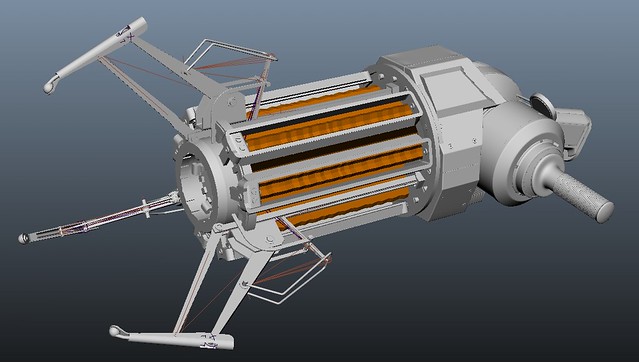Hoo boy, looking back at this gives me a rush of nostalgia.
Anyway, I just finished winding an electromagnet today. I did not measure the length of the wire, but I would put a guess at somewhere around 500 ft.
of 32 AWG magnet wire, which has a resistance of 82.05 ohms. With 9V (and therefore 0.11 A) of supply voltage/current, the magnet easily picked up and
held an 8g nail indefinitely. The attraction was not very strong, as the nail could be 'flung off'.
What I am wondering right now is, what if I tested the 350V camera circuit I have on hand? This would provide 4.3 A of current, and
according to the relationship H=I2R (which is apparently equivalent for the relationship to power?), and my extremely approximate number of
turns (I hazard a guess at 1000), this gives a(n extremely inaccurate and imprecise) value of 18490 (or rounded to significant figures, 20000) Teslas,
compared to the value for 9V of only 12.1 Teslas. However, at this level, the wire might melt or the plastic could burn, and I'm not sure I want to
incorporate water cooling into my device. Thoughts? |














